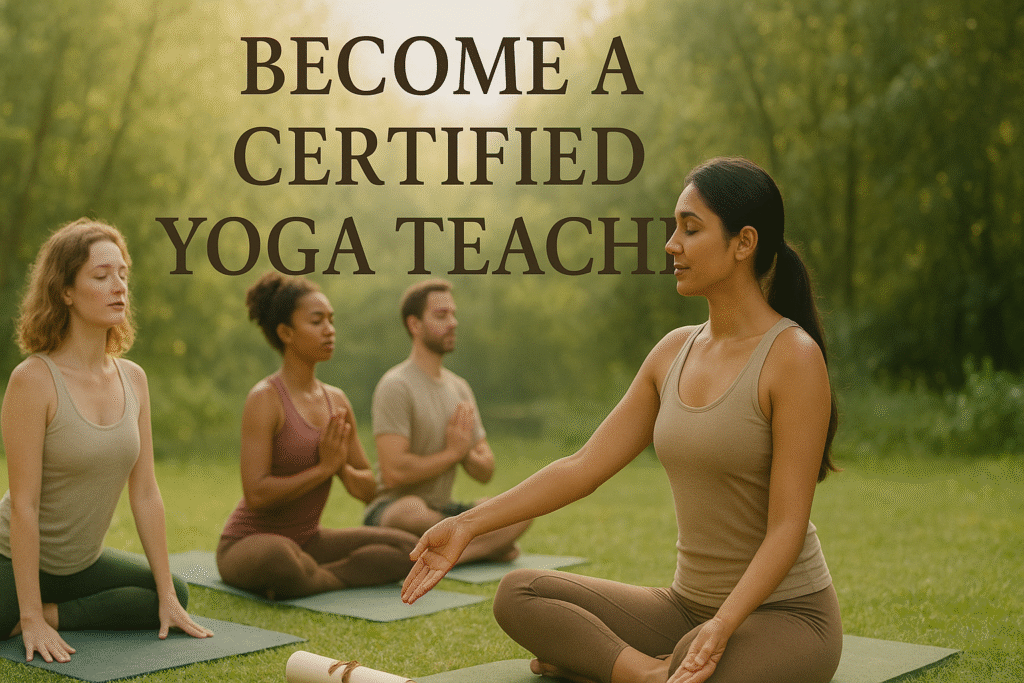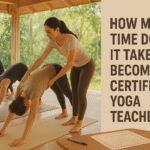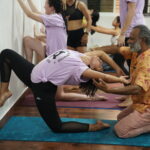Becoming a certified yoga instructor is not just joining a training course and picking up the certificate. It is about making the right sequence of choices and sticking to your decisions. It is also about embracing a simple lifestyle towards physical, emotional, mental, and spiritual wellness.
The journey of becoming a yoga instructor can be different and personal for every individual but the professional and structural approach is the same.
Teaching yoga is one of the most dynamic professions in the world that combines entrepreneurship, wellness as a passion, right education, and personal development.
While the career path is flexible as compared to other professions, you must also understand that it requires you to be involved in self marketing, proper communication skills, adapting to the needs of your students, and continuing education to stay updated.
In this blog, you will learn about the entire process of becoming a certified yoga teacher. Understand the step-by-step procedure that is inspired by the curriculum of top ranking yoga schools and with the collective wisdom from experienced instructors.
With exact options and requirements, map your plan and get started with the yogic journey with full confidence.
What does “Certification” Means?
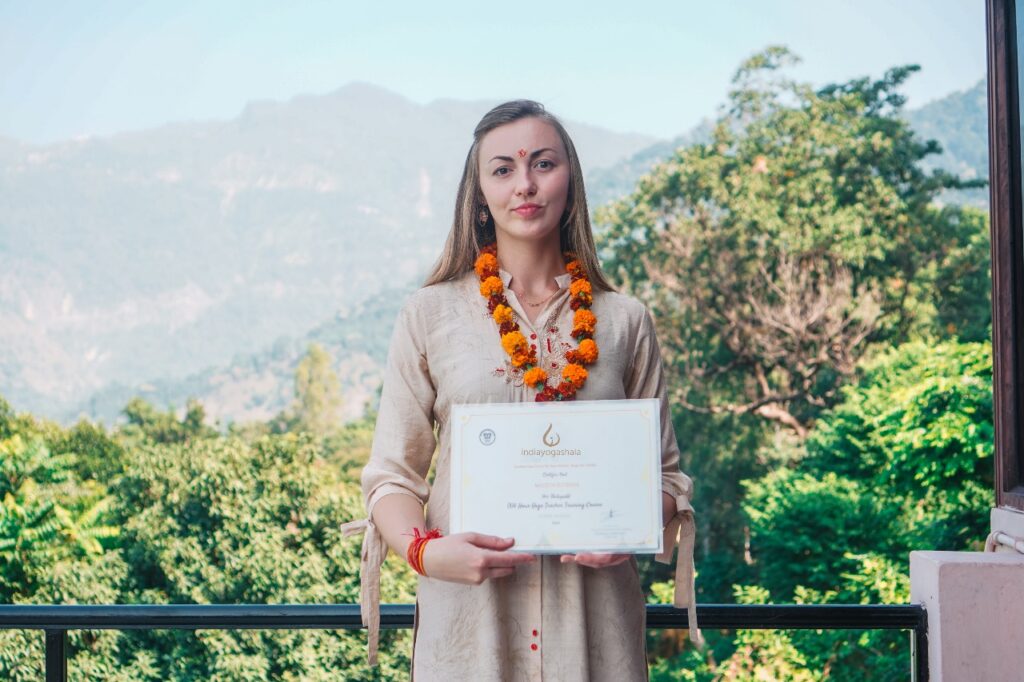
Certification in Yoga Teaching means that you are reliable enough to spread the right information about yoga and its principles.
Yoga Alliance, USA is the non-profit organization that looks after the global standards regarding yoga teacher training program and the yogic education provided all over the world.
For achieving the certification, you need to at least graduate from the foundational 200-hour YTT program accredited by the Yoga Alliance. Once you have completed the course, you can apply for the RYT 200 certification, which reflects your credibility to teach yoga professionally anywhere across the globe.
Certification also means that you are sincere and passionate enough to provide yogic knowledge and guidance to your students. It is a responsibility that you need to pay attention to while teaching yoga professionally.
8 Steps To Become A Certified Yoga Teacher

Becoming a certified yoga teacher is a rewarding journey that combines personal growth with professional training. By following the 8 essential steps—starting from building your own practice and exploring yoga styles, to completing a certified 200-hour course, registering with Yoga Alliance, and continuously upgrading your skills—you gradually transform from a dedicated practitioner into a confident teacher.
Each step not only strengthens your knowledge and teaching ability but also deepens your connection with yoga, preparing you to share its wisdom authentically with others.
Understanding Yoga Styles and Getting Clear on your Goal
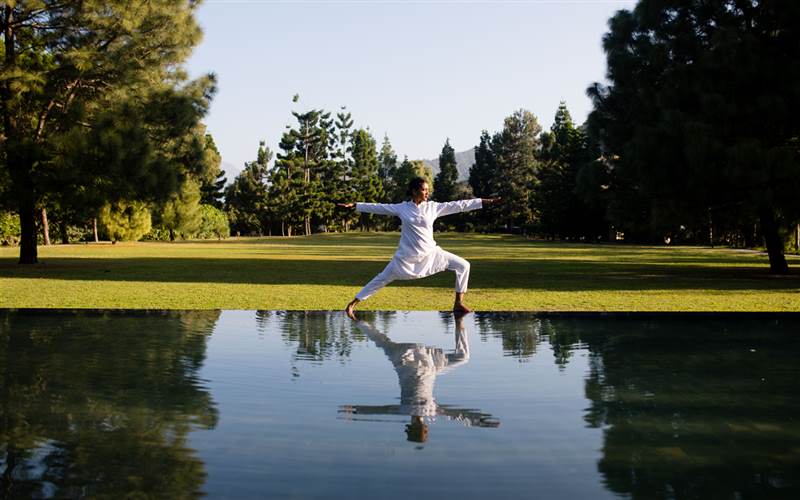
The first step before you jump into enrolling yourself for a yoga teacher training program is to explore different yoga styles and understand what resonates with you. Spend at least a month in logging self-practice and reading about yoga styles.
For example if you like practicing slow-paced asanas that focus on holding the poses and incorporating breathing awareness, then Hatha Yoga is the one for you. If you are intrigued with practicing fast-paced, disciplined yoga asanas that are physically demanding, then Ashtanga Yoga is more suitable for you.
This is how you are going to figure out what resonates with your body and makes you comfortable to teach. Exploring these yoga styles are going to help you discover your natural teaching style as well as your own interest. It will eventually attract the audience you wish to serve, so that you can connect with them better.
Choosing your Pathway and selecting the YTT program
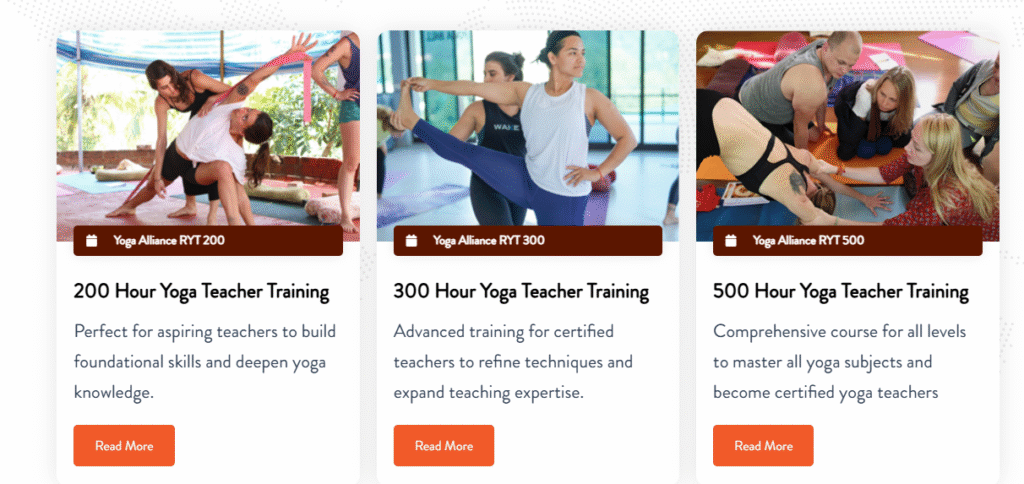
This decision is going to be extremely important as it sets the tone for your future yoga career and overall wellness. Question yourself about whether you wish to teach yoga professionally around the world or want to practice in India-specific regions.
If you want to have a global tract, then the RYT certification courses accredited by the Yoga Alliance is the best opportunity to consider. If you wish to stick to institutional track in India-specific regions, then a Yoga Certification Board qualification is all you require. There are various yoga instructors who prefer pursuing both certifications for their yogic career.
Now comes the selection of the yoga teacher training program. Start by enrolling yourself in a 200-hour YTT program accredited by the Yoga Alliance as is the fundamental level of training which you must complete before joining the advanced courses.
In the 200-hour YTT program, you will get all the basic understanding of every yogic aspect and how it helps in your overall wellness. Once you have graduated from this program, you will receive the RYT 200 certification that signifies your credibility. You can start teaching yoga immediately after this or enhance your knowledge by joining the advanced level 300-hour YTT program.
Deepening your Own Practice
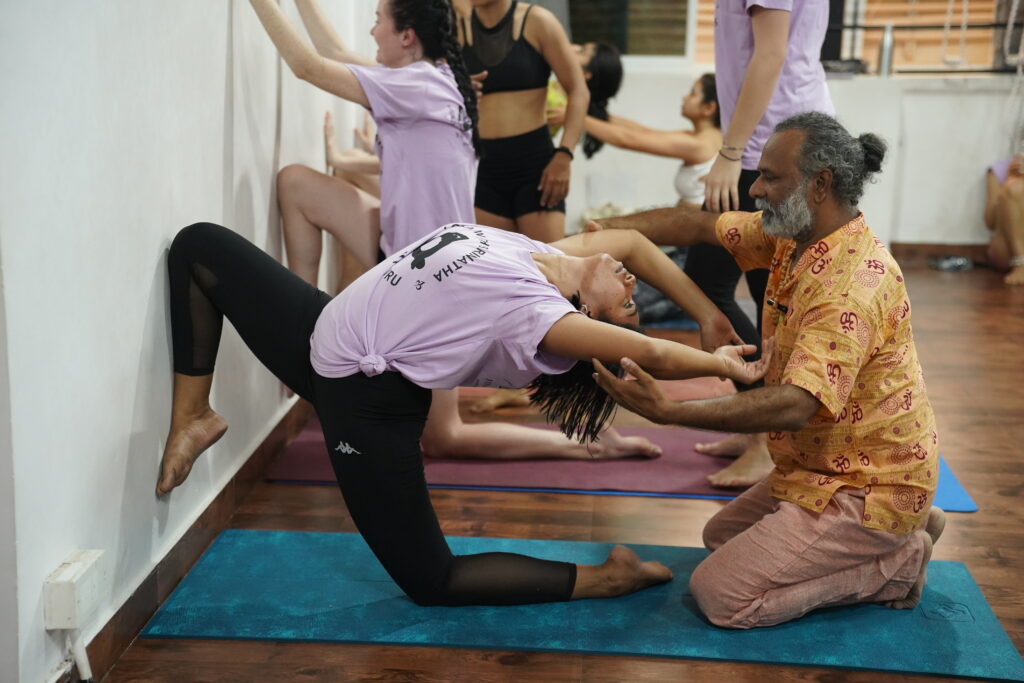
Before you train yourself to become a yoga instructor, understand every aspect of yoga as a student. Yoga is so much more than just learning the postures, it is also about incorporating the practical as well as theoretical practice in your lifestyle.
Always remember that a good yoga teacher will be someone who has truly lived yoga on and off the mat, and not someone who can perform the most dynamic asanas. For this, you require to deepen your own practice with proper consistency and not complexing everything.
Start by practicing asanas for just 20 minutes a day and be consistent with it. You will realize how a steady commitment can shape you. The physical postures are important for building flexibility as well as strength in your body and also for training your mind to be more patient as well as aware.
Explore different yoga styles from Hatha, Ashtanga, to Vinyasa and Yin. Each yoga style teaches a different but interrelated aspect of yoga through which you can discover which style resonates with you the most.
Start journaling your practice, take out at least five minutes after every session to evaluate yourself and write down whatever you noticed. This will help you in deepening self-awareness. After some time, you will notice that yoga not only shapes your mood but also defines the way you interact with others.
Commit Fully to the Training
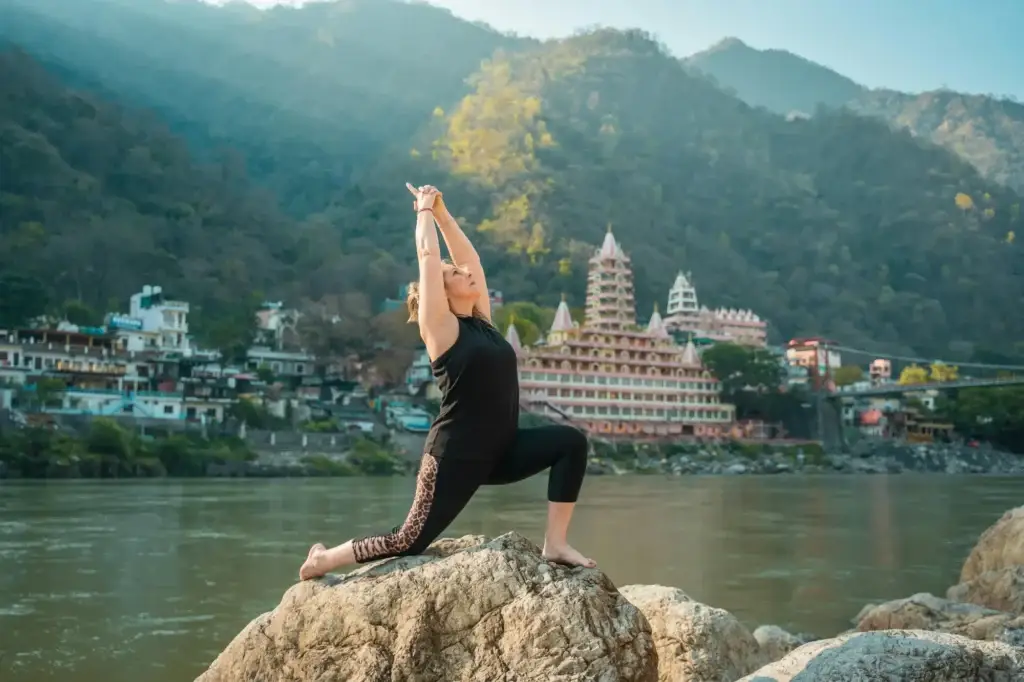
Yoga teacher training is a course where you need to be fully immersed in learning yogic aspects in order to teach it professionally in the future. Engage actively in the learning process of the program and get insights about everything. Take detailed notes, ask questions to your teachers, and practice sincerely with your fellow mates.
Don’t be scared to make mistakes as this is where your real learning will happen. Be fully committed in learning the yogic philosophies and understanding everything mentioned in the ancient textbooks of yoga.
Always remember that self-study is the key to achieve the best skills in yoga. Commit wholeheartedly and show up with a positive mindset for your sessions every single day, even if you are feeling tired or low in energy. Growth doesn’t happen when you are chilling in your comfort zone, it comes to you when you work hard even when it looks impossible.
The insights you gain during your philosophical lessons are going to help you in your relationships, work ethics as well as your overall lifestyle. Completing a yoga teacher training program is not just about certification but about becoming an ideal guide who can hold space for others.
Receive the Certification and Register Yourself

After graduating from your desired yoga teacher training program from a Yoga Alliance certified yoga school, you are going to receive the RYT certification which reflects that you have succeeded in completing the required hours of yogic education as well as practice and are capable of teaching it professionally.
This certification is a recognition of your discipline, transformation, and self-awareness that you have put through the entire training period.
The Yoga Alliance provided certification is important as it shows that you have trained under a course which has met all the global standards required for yoga education. It validates your skills just like a driver’s license.
More than the credibility, it also gives you access to connect with the international network of yoga instructors and learn from them. It opens your door to teach yoga in other countries, collaborate with the yoga schools, organize retreats, and take online sessions from anywhere in the world.
Practice Teaching Right Away
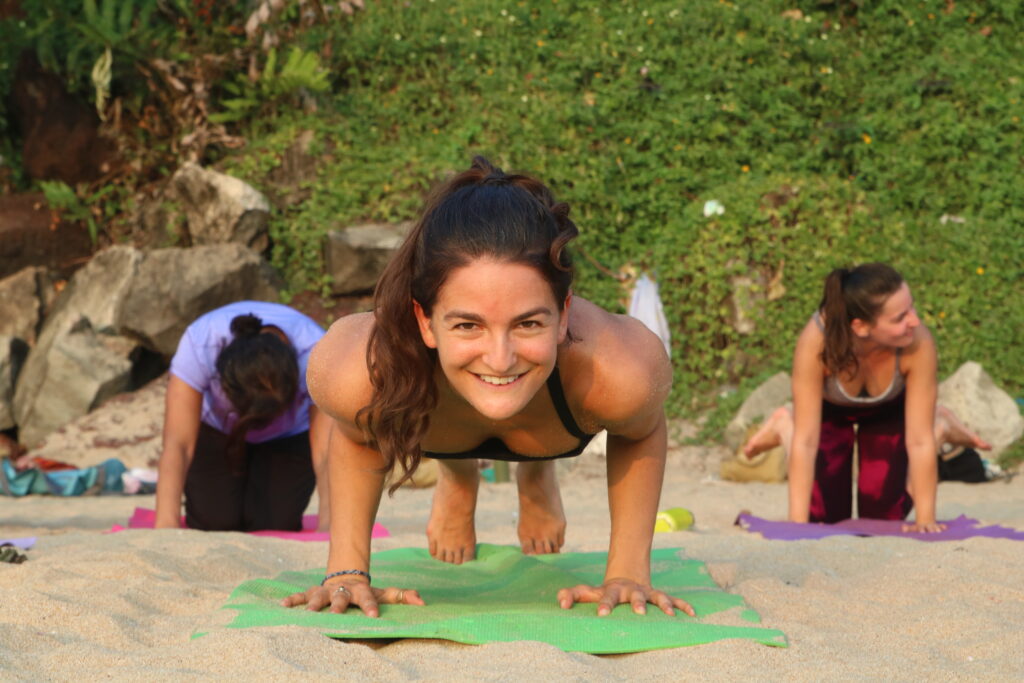
If you have successfully completed the YTT program and received the certification, start your teaching journey right away. There are many people who wait for the right time to feel “ready” in order to start their teaching career.
Start from a small session with just your family, friends, and acquaintances. This way you will be comfortable while teaching and can also get real-time feedback to improve your skills. Always remember that teaching yoga is a skill that will grow eventually.
As you get into the rhythm of teaching, start taking online sessions to spread your wisdom and connect to more individuals in this field. You can self-analyse and understand whether you need to focus on your alignments cues more or on teaching yogic philosophy.
Teaching yoga is all about holding spaces for others and guiding them to the right path. With consistent teaching practice you will be able to read the energy of the room and will realize how to make your students comfortable. So do not wait for the perfect moment and start teaching yoga once you receive the certification.
Keep Practicing and Expanding your Yogic Knowledge
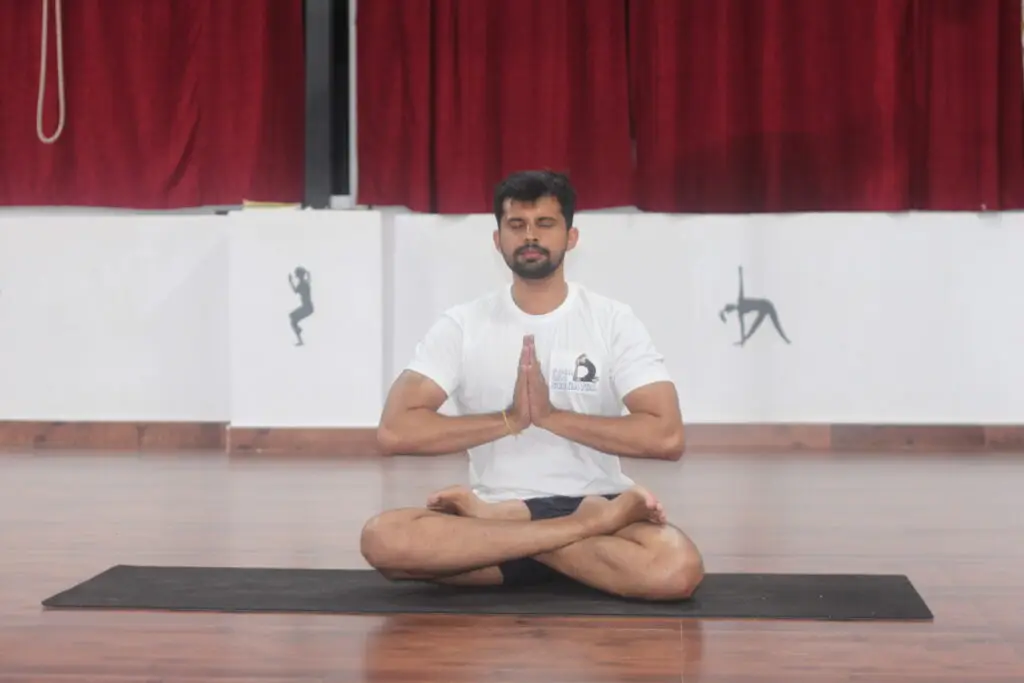
Finishing a yoga teacher training program is a big achievement but never think of it as a finish line. It is the start of your yogic journey of transformation and wellness. Once you receive the certification of the YTT program, it provides you the tools to walk the path of self-discovery.
Yoga is a vast universe and gaining the knowledge provided in the 200-hour program is mere a foundation of everything. To grow as a professional instructor and refine your skills, you must enroll yourself in the advanced level courses of yoga.
Keep practicing asanas with consistency along with reading about the philosophical aspects of yoga. Your betterment in the personal practice is what will keep your sessions authentic and connecting to your students.
Continue evolving on and off the mat with yoga and let your students feel it in your wisdom and guidance. Attend workshops and sessions with some senior teachers, be a part of a global yoga network, and try different yoga styles to expand your knowledge.
Deepen your learnings with the advanced level training programs like the 300-hour and 500-hour YTT courses, which will strengthen your credibility and also boost your confidence. You can also explore Ayurveda, Pranayama, Sound Healing, and Meditation in-depth in order to offer the best yogic guidance to your students.
Build your Personal Teaching Style
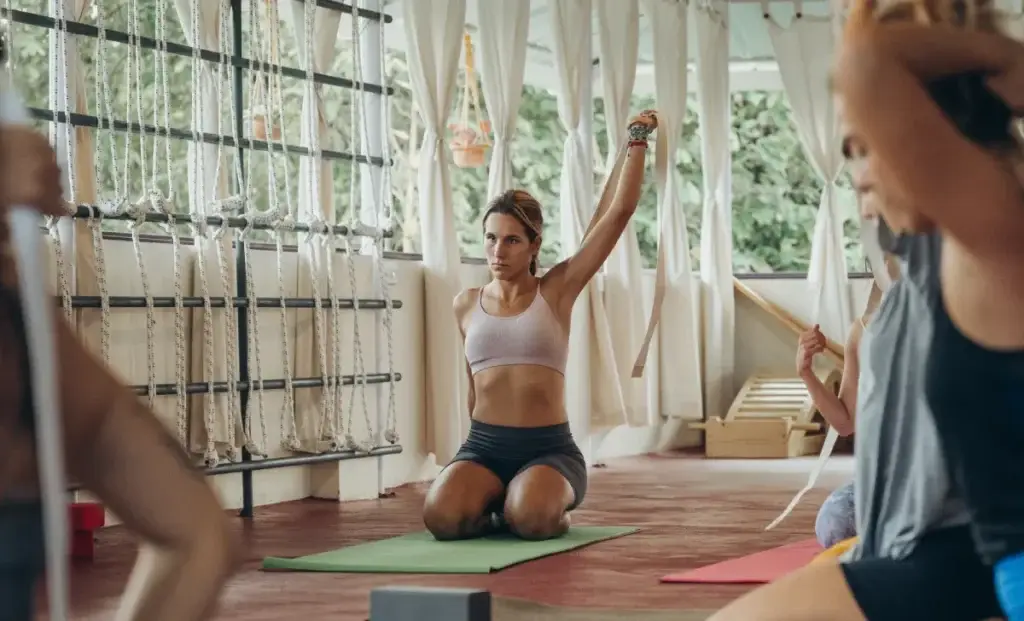
One of the best parts about the journey as a yoga teacher is discovering your teaching style and personal voice. Every yoga instructor is different and unique in their own ways, which feels authentic and natural.
Some bring dynamic energy and sunshine into the room, while some bring a wisdom aura and authenticity. Before discovering your teaching style, think about what lights you and excites you the most in yoga. Is it performing different asanas, meditative breathwork, weaving about philosophical aspects or just the stillness of poses? Understand that and let it shape your teaching style.
You will draw inspirations from your own yoga instructors in the beginning and borrow their tone of voice. But with consistent practice and experience you will naturally discover your unique rhythm of teaching.
Remember that your students will connect with you deeply because of how they felt during your sessions. For building a personal teaching style, patience is the key. It will grow with every session you take and every mistake made. You just need to trust the process and give your teaching some time to blossom.


